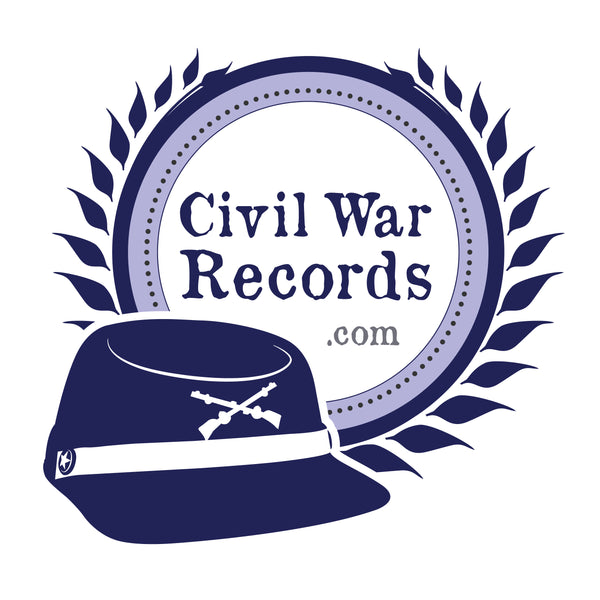
The Unparalleled Value of Regular Army Enlistment Records
Share
Genealogists are well aware of the immense value of military records in tracing their family histories. However, one particular set of records often goes overlooked: Regular Army enlistment papers. These unique documents offer a wealth of information about ancestors who served in the military during times of peace, providing insights that are not readily available from other sources.
Unlike service records from major conflicts, peacetime enlistment papers are not as readily accessible. They are not available online and can only be obtained from the National Archives in Washington, D.C. However, the effort required to obtain these records is well worth it, as they can provide a wealth of information that is not found elsewhere.
In addition to the standard information such as the soldier’s name and regiment, peacetime enlistment papers often include:
- Age at enlistment
- Birthplace
- Physical descriptions
- Occupations
- Places of enlistment
- Dates of enlistment
- Signatures of the soldiers (or their marks)
- Certifications of examining surgeons and recruiting officers
In some cases, enlistment papers may also include additional information such as:
- Prior military service
- Marital status
- Names of parents (in the case of a minor enlisting)
The unique value of peacetime enlistment papers lies in their firsthand nature. These are not simply records created by government bureaucrats; they are documents that were signed (or marked) by the soldiers themselves. As such, they offer a tangible connection to an ancestor's past.
For example, a researcher might find an enlistment paper that includes a detailed description of their ancestor's physical appearance. This information can be used to create a more vivid image of the ancestor in the researcher's mind. Additionally, the signature or mark on the enlistment paper can provide a sense of the ancestor's literacy level and handwriting style.
Some points of clarification:
- These enlistment papers are NOT the same as the ledgers that you find on sites such as Ancestry.com or Fold3.com. They contain some of the same details, but the enlistment papers are original documents that the soldier himself would have filled out. If you find your soldier in the enlistment ledgers, your next step should be to request the original enlistment papers from the National Archives.
- Two fires in 1800 and 1814 destroyed many of the records of the War Department, including enlistment papers. Unfortunately, it’s unlikely that you’ll find any before 1815.
- The National Archives in Washington DC has these enlistment papers, but only up through 1912.
If you have found an ancestor who served in the Regular Army during peacetime, I encourage you to consider ordering their enlistment papers from the National Archives. These unique documents can provide valuable insights into your ancestor's life and military service.
If you’re looking for these enlistment papers for your soldier, you can order them here. I’m on site at the National Archives on a regular basis and would be happy to help you find your ancestor’s papers!
Directly below: Abraham Tilford, a 22 year old boatman born in Rye, New York, enlisted in the Regular Army in 1820. He was six feet tall with light complexion, blue eyes and brown hair. He left his mark instead of signing the paper, indicating that he may have had limited literacy skills.
Further below: Twenty year old John Dilford from Harrodsburg, Kentucky enlisted in the Regular Army when he was 20 years old Because he was under the age of 21, his mother Sarah had to sign off and give her permission.


